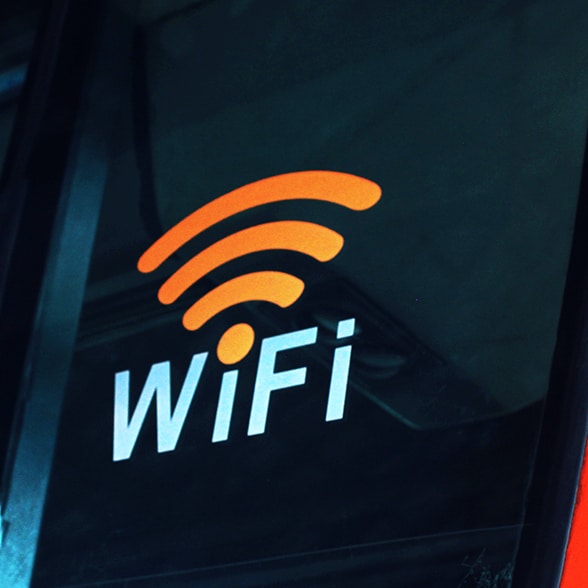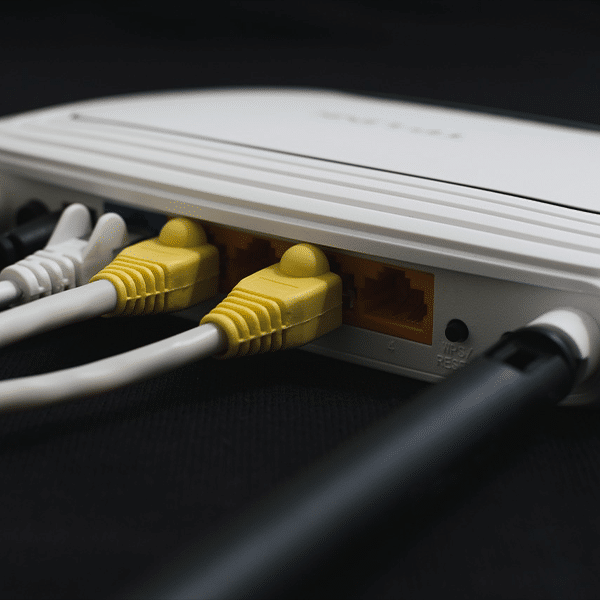 Consumers could have an alternative to congested WiFi networks as the result of action taken by the FCC on Friday. In a notice of proposed rulemaking (NPRM), the commission began a formal proceeding aimed at allowing Globalstar to deploy a terrestrial broadband wireless network that would use spectrum originally intended for satellite use in combination with adjacent unlicensed spectrum.
Consumers could have an alternative to congested WiFi networks as the result of action taken by the FCC on Friday. In a notice of proposed rulemaking (NPRM), the commission began a formal proceeding aimed at allowing Globalstar to deploy a terrestrial broadband wireless network that would use spectrum originally intended for satellite use in combination with adjacent unlicensed spectrum.
The WiFi alternative might not be a free offering, however. Globalstar is “thinking its way through” how to monetize the offering, said Barbee Ponder, general counsel and vice president of regulatory affairs for Globalstar, in response to an inquiry from Telecompetitor.
“The proposed rules leaves [it] wide open [for us] to do pretty much what we want,” he said. “We could envision a subscription or licensing model.” In addition, he said the company will pursue relationships with business partners.
Potential business partners could include Amazon, according to a Bloomberg report from August. According to the report, Amazon has tested Globalstar’s offering as a means of possibly providing a “more comprehensive user experience.”
Ponder declined to confirm if Globalstar was working with Amazon.
Terrestrial low-power service
Globalstar late last year proposed what it calls “terrestrial lower-power service,” or TLPS, which according to the company offers greater range and bandwidth than existing Wi-Fi offerings. In a petition to the FCC, Globalstar asked the commission to allow the company to use 22 MHz of spectrum in the 2.4 GHz band for TLPS.
The 22 MHz band would include 11.5 MHz of spectrum at 2483.5-2495 MHz that is licensed to Globalstar but which Globalstar has not used, along with 10.5 MHz of unlicensed spectrum at 2473-2483.5 MHz.
On a conference call with press and financial analysts this morning, Ponder offered a seven-point summary of what the FCC is proposing in the NPRM, including:
• The FCC recognizes that Globalstar already offers and will continue to offer mobile satellite services
• The commission wants to permit Globalstar to offer low-power mobile broadband services
• The NPR would eliminate ancillary gating criteria in connection with Globalstar TLPS. For example the company would not have to offer integrated satellite and terrestrial services
• There would be no build-out requirements for TLPS
• Globalstar would be required to protect other licensed services from harmful interference
• The commission proposed power limits and other technical rules aimed at protecting other licensed and unlicensed users
• The commission also proposed equipment certification rules aimed at minimizing the burdens on device manufacturers
Telecompetitor asked Ponder if Globalstar expects to see manufacturers build devices capable of using both traditional Wi-Fi and TLPS — perhaps automatically selecting the most appropriate service at any given time. Ponder said that was a possibility. He also noted that TLPS-capable equipment would have “serious authentication procedures” so that only authorized users can access TLPS frequencies.
Ponder also said TLPS will use a terrestrial network for backhaul.
An opportunity and a challenge
A WiFi-like offering would seem to be a good idea for terrestrial use of satellite spectrum as it would require relatively low-power transmission levels, potentially avoiding the interference issues that derailed LightSquared when it tried to use satellite spectrum for a cellular mobile broadband offering.
I would anticipate, though, that one of the challenges for Globalstar (assuming it gets a firm go-ahead on TLPS) will be the backhaul network. Because TLPS will more closely resemble a network of WiFi hotspots than a cellular network, it would appear to need dense backhaul infrastructure.


